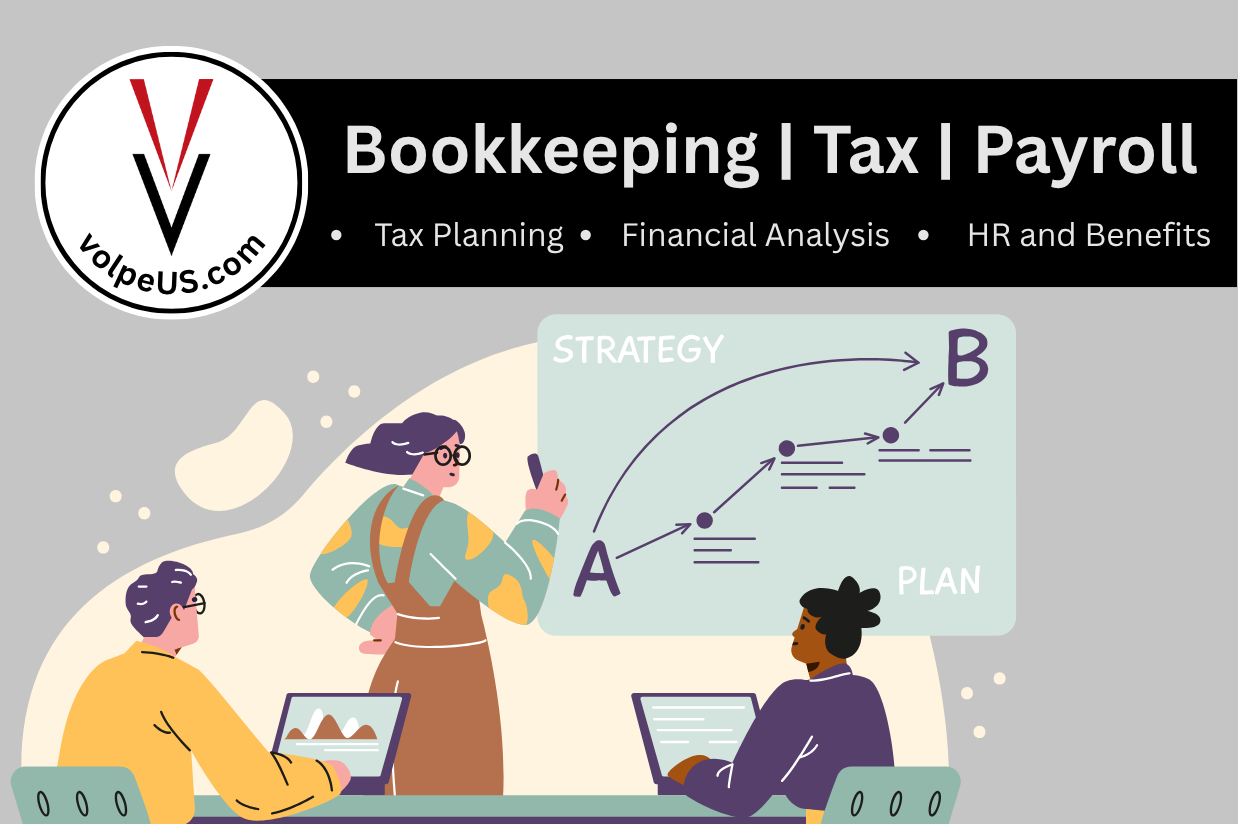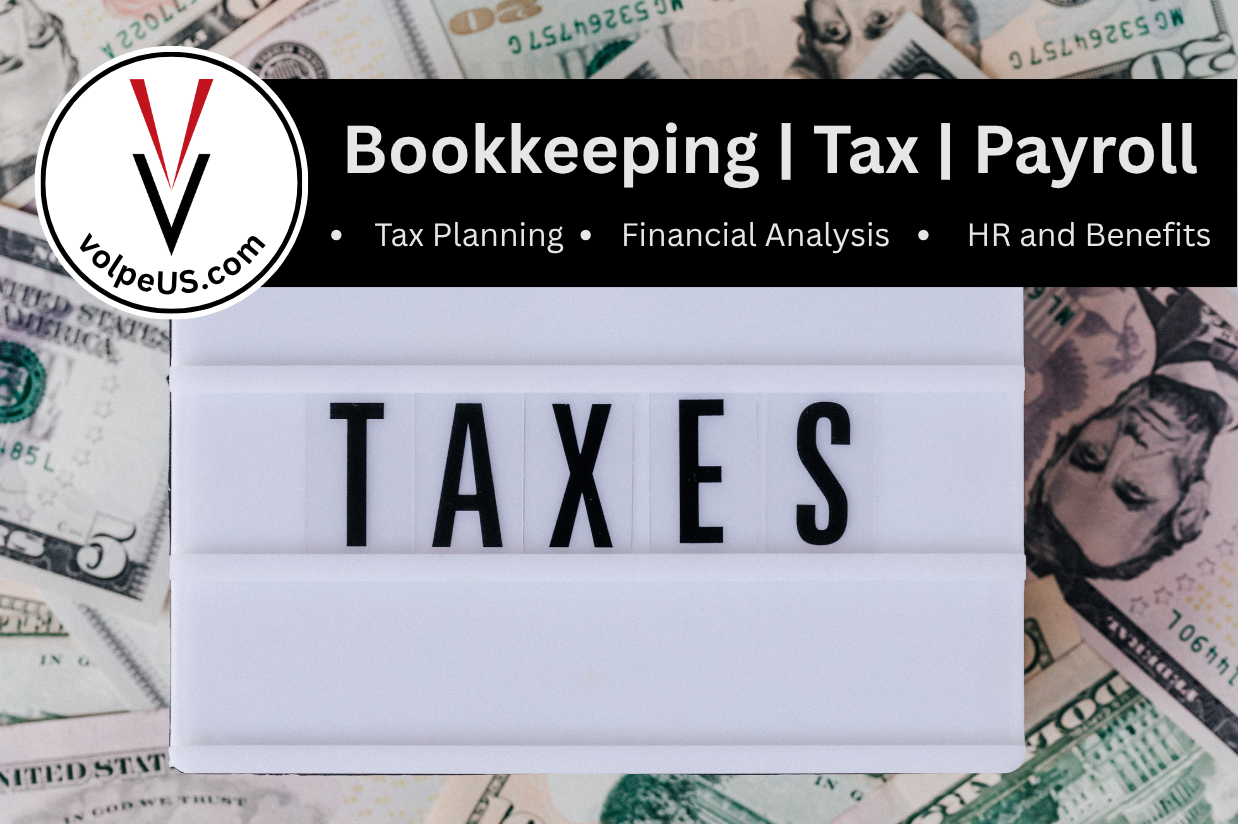Jump to a Specific Section
A History of Taxes in the United States
Death and Taxes: the two certainties in this life. We all pay many taxes, obviously, and most of them seem as eternally ubiquitous as our biological necessity for breathing air. In our nation’s relatively short existence, however, the history of taxes in the United States tells an interesting story where this ubiquity was not so prevalent.
Taxes have played a pivotal role in the development of the United States, shaping its economic landscape and influencing political debates from the colonial era to the present day. Over the years, the structure and types of taxes levied at both federal and state levels have evolved significantly, reflecting changes in the country’s economic needs, societal values, and political ideologies. This blog post delves into the history of taxes in the United States, covering the origins of various federal and state taxes, with a particular focus on the history and development of the income tax and self-employment taxes for self-employed individuals and side businesses.
Early History of Taxes: Colonial Era to Independence

Before the United States gained independence, the American colonies operated under British rule and were subject to various taxes imposed by the British government. Notable among these were the Sugar Act of 1764 and the Stamp Act of 1765, which were introduced to help Britain recover from debts incurred during the Seven Years’ War. These taxes sparked widespread resentment among colonists, who argued that they were being taxed without representation in the British Parliament. This opposition contributed significantly to the growing revolutionary sentiment and eventually led to the American War of Independence in 1775.
After gaining independence in 1783, the newly formed United States government faced its own financial challenges. The Articles of Confederation granted the federal government no power to levy taxes directly; instead, it relied on voluntary contributions from the states, which proved insufficient. This lack of revenue prompted the drafting of the U.S. Constitution in 1787, which granted Congress the power to “lay and collect Taxes, Duties, Imposts and Excises” (Article I, Section 8).
Federal Taxes: The Early Years
Initially, the U.S. federal government relied on tariffs (taxes on imports) and excise taxes (taxes on specific goods, such as alcohol and tobacco) for revenue. The first federal tax law, the Tariff Act of 1789, was primarily designed to generate revenue and protect domestic industries. Excise taxes followed, including the infamous Whiskey Tax of 1791, which led to the Whiskey Rebellion in 1794 when farmers in Pennsylvania protested against the tax on distilled spirits.
During times of war, the federal government often imposed temporary taxes to raise funds. For example, during the War of 1812, Congress enacted new internal taxes, including taxes on sugar, carriages, and certain manufactured goods. However, these taxes were repealed after the war.
Later History of Taxes: The Development of the Income Tax

The concept of an income tax emerged in the United States during the Civil War as a means to raise revenue for the Union. The first federal income tax was enacted in 1861 under the Revenue Act of 1861, which levied a flat 3% tax on annual incomes over $800. This was followed by the Revenue Act of 1862, which introduced a progressive income tax system with rates ranging from 3% to 5% based on income levels. The income tax was considered a temporary measure to fund the war effort, and it was repealed in 1872.
However, the idea of an income tax re-emerged in the late 19th century as the U.S. economy industrialized and wealth disparities grew. In 1894, Congress passed the Wilson-Gorman Tariff Act, which included a provision for a 2% tax on incomes over $4,000. Well versed in the Constitution and the history of taxes in the United States, the Supreme Court struck down this tax in 1895 in the case of Pollock v. Farmers’ Loan & Trust Co., which ruled that the income tax was a direct tax and thus unconstitutional without apportionment among the states.
The 16th Amendment and the Modern Income Tax System
The 16th Amendment to the U.S. Constitution, ratified in 1913, fundamentally transformed the American tax landscape by granting Congress the power to levy taxes on incomes “from whatever source derived” without apportionment among the states. This amendment resolved the constitutional challenges that had previously hindered federal income tax efforts, but it was not adopted without significant debate and controversy.
Debate Over the 16th Amendment
The idea of a federal income tax was contentious from its inception. Proponents argued that it was a fairer and more equitable way to distribute the burden of funding the government, especially as wealth disparities grew during the industrialization of the late 19th and early 20th centuries. They believed an income tax could provide a stable source of revenue that was less susceptible to the economic fluctuations affecting tariffs and excise taxes, which were the primary revenue sources at the time.
Opponents of the income tax, particularly conservative lawmakers and wealthy Americans, viewed it as an infringement on states’ rights and personal liberty. They feared that such a tax would give the federal government excessive power over individual wealth and could be used punitively against the affluent. Additionally, they argued that an income tax would discourage investment and economic growth by penalizing success.
The legal debate intensified after the Supreme Court’s 1895 decision in Pollock v. Farmers’ Loan & Trust Co., which declared the income tax provision of the Wilson-Gorman Tariff Act of 1894 unconstitutional. The Court ruled that the income tax was a direct tax and, under the Constitution, could not be levied without apportionment among the states. This decision effectively blocked the implementation of federal income taxes and galvanized the movement to amend the Constitution.
Path to Ratification
Efforts to introduce a constitutional amendment allowing an income tax began in earnest in the early 20th century. The Democratic Party, which favored income taxes as a means to balance out regressive tariffs, pushed for the amendment. Meanwhile, Progressives within the Republican Party, such as President Theodore Roosevelt and Senator Robert La Follette, also supported the amendment, seeing it as a way to address growing economic inequality.
In 1909, President William Howard Taft, a Republican, surprised many in his party by endorsing an income tax amendment. Under pressure from progressive factions and facing the political reality of growing popular support for income taxes, Congress proposed the 16th Amendment in July 1909. The amendment quickly passed both houses of Congress, with the Senate voting 77 to 0 and the House voting 318 to 14.
However, the amendment still needed to be ratified by three-fourths of the states. The ratification process was fraught with debate across the nation, with vigorous opposition from conservative states and support from more progressive states. Proponents argued that a federal income tax would bring greater fairness to the tax system, while opponents raised concerns about government overreach and the potential for misuse.
By February 3, 1913, the necessary three-fourths of states had ratified the 16th Amendment, and it became part of the Constitution. Shortly afterward, Congress passed the Revenue Act of 1913, establishing a federal income tax system with rates ranging from 1% to 7% on incomes over $3,000 for individuals and $4,000 for married couples. This marked the beginning of the modern income tax system in the United States, and changed the history of taxes in America forever.
The History of Taxes on Self-Employment

Self-employment taxes have made waves in the history of taxes in the United States. Self-employment taxes are levied on individuals who work for themselves, encompassing both the employer and employee portions of Social Security and Medicare taxes. The history of self-employment taxes is closely tied to the establishment and expansion of the Social Security and Medicare programs, reflecting the broader social welfare policies of the 20th century.
Origins and Implementation of Self-Employment Taxes
The foundation for self-employment taxes was laid in 1935 with the passage of the Social Security Act under President Franklin D. Roosevelt. The Social Security program was designed to provide financial support for retired and disabled workers, funded through a payroll tax system. Initially, this payroll tax only applied to wage-earning employees and their employers, who were each required to contribute a portion of the worker’s wages to the Social Security fund.
However, self-employed individuals—farmers, independent contractors, sole proprietors, and others who worked for themselves—were not included in the original law. As the program developed, it became apparent that these workers were not contributing to or benefiting from Social Security, leading to debates about whether and how they should be included.
Debate Over Including the Self-Employed
The debate over extending Social Security taxes to the self-employed revolved around several key issues. Proponents argued that excluding self-employed workers was inequitable, as it created a gap in both contributions to and benefits from the Social Security system. They also pointed out that self-employed individuals, who made up a significant portion of the workforce, should have access to retirement and disability benefits just like wage earners.
Opponents, particularly representatives from rural and agricultural states where self-employment was more common, argued that self-employed individuals faced unique challenges and should not be burdened with additional taxes. They contended that these workers already had to manage their own business expenses and risks, and the additional tax would disproportionately affect small business owners, farmers, and independent professionals.
Legislative Changes and the Self-Employment Contributions Act of 1954
The pressure to include self-employed workers in the Social Security system grew in the years following World War II, as the number of self-employed individuals increased. In 1950, Congress passed a law extending Social Security coverage to certain categories of self-employed individuals, such as farmers and members of certain professions, but the tax rates were still lower than those applied to wage earners.
The real turning point came in 1954 with the passage of the Self-Employment Contributions Act (SECA). This law required all self-employed individuals earning $400 or more per year to pay a self-employment tax equivalent to the combined employer and employee contributions to Social Security. The SECA aimed to create parity between wage earners and the self-employed in terms of contributions and benefits.
The Evolution of Self-Employment Taxes
Since its implementation, the self-employment tax has undergone numerous changes, primarily to reflect adjustments in the Social Security and Medicare tax rates. The Federal Insurance Contributions Act (FICA) tax rate for employees currently stands at 15.3%, with 12.4% allocated to Social Security and 2.9% to Medicare. Under SECA, self-employed individuals are required to pay the entire 15.3% rate but are allowed to deduct half of the tax as a business expense when calculating their federal income taxes.
Debates over self-employment taxes continue to this day, with some arguing that the tax structure still places a disproportionate burden on small business owners and sole proprietors. Others argue that these taxes are essential for maintaining the solvency of the Social Security and Medicare programs, particularly as the population ages.
State Taxes: A Varied Landscape

Each state in the union has its own mini history of taxes to tell. At the state level, the tax landscape is diverse. States have the autonomy to levy their own taxes, which can vary widely. Common types of state taxes include:
- Sales Taxes: These are taxes on the sale of goods and services, which are levied by most states to generate revenue. The rate can differ significantly from state to state, with some states having no sales tax at all.
- Property Taxes: Property taxes are primarily levied at the local level (cities and counties) but are also a major source of state revenue. These taxes are usually based on the assessed value of real estate and are used to fund public services like education, police, and infrastructure.
- State Income Taxes: Many states also impose their own income taxes on individuals and corporations. The structure and rates of state income taxes can vary greatly; some states have a flat rate, while others have a progressive rate similar to the federal system. Notably, states like Florida and Texas have no state income tax.
- Excise Taxes: States may impose excise taxes on specific goods such as gasoline, alcohol, and tobacco. These taxes often fund transportation projects and public health initiatives.
Recent Trends in U.S. Tax Policy
In recent years, tax policy in the United States has been a contentious issue, with the history of taxes bearing down on debates often focusing on how to balance economic growth, equity, and fiscal responsibility. Key legislative changes include:
- The Tax Cuts and Jobs Act (TCJA) of 2017: This law made significant changes to the federal tax code, including reducing corporate tax rates, increasing the standard deduction, and capping deductions for state and local taxes. The TCJA’s provisions are set to expire in 2025, leading to ongoing debates about potential reforms or extensions.
- State-Level Reforms: Many states have implemented their own tax reforms in response to changing economic conditions, budgetary pressures, and shifts in political control. These reforms have included adjusting income tax rates, revising sales tax bases, and creating new taxes on digital goods and services.
Conclusion
From the colonial era to the present day, the history of taxes in the United States is a story of evolution and adaptation. Taxes have been used to fund wars, build infrastructure, promote social welfare, and address economic inequality. The introduction and development of the income tax, as well as the implementation of self-employment taxes, have transformed the American fiscal landscape and continue to be central issues in political and economic debates. As the country faces new challenges in the 21st century, tax policy will undoubtedly remain a vital tool in shaping the nation’s future.
With any questions about tax policy and assistance with tax preparation, contact Volpe Consulting and Accounting Services.













